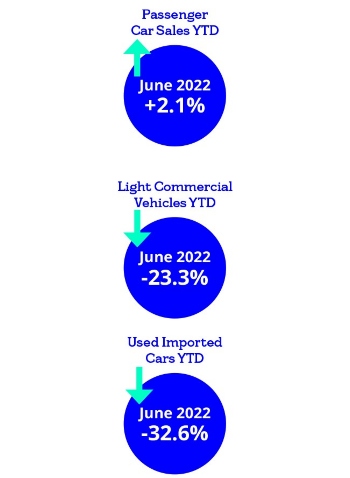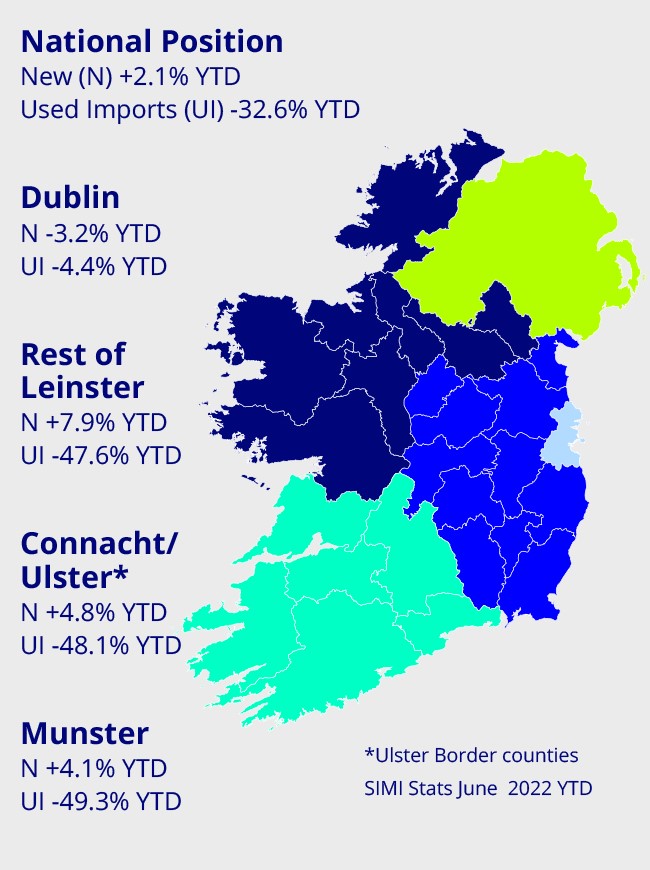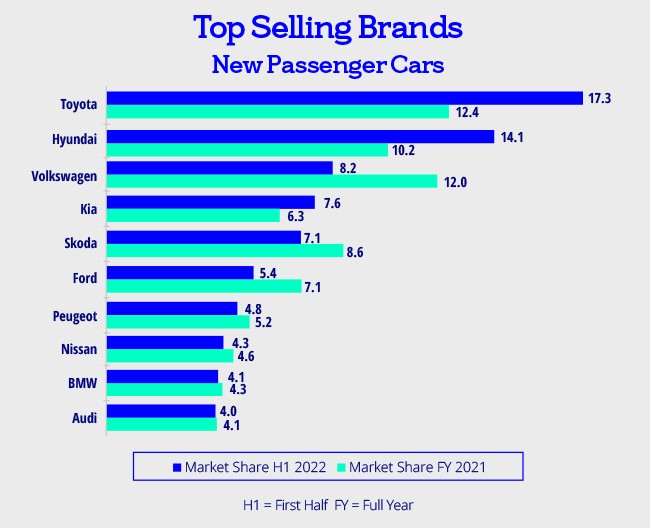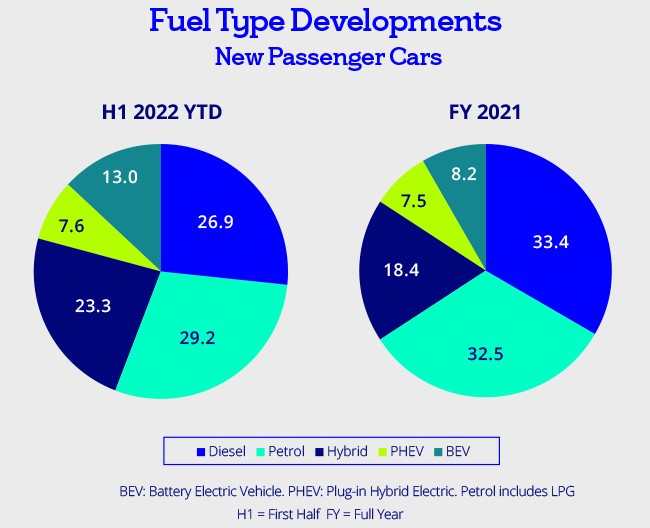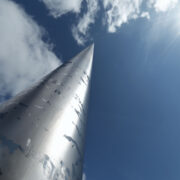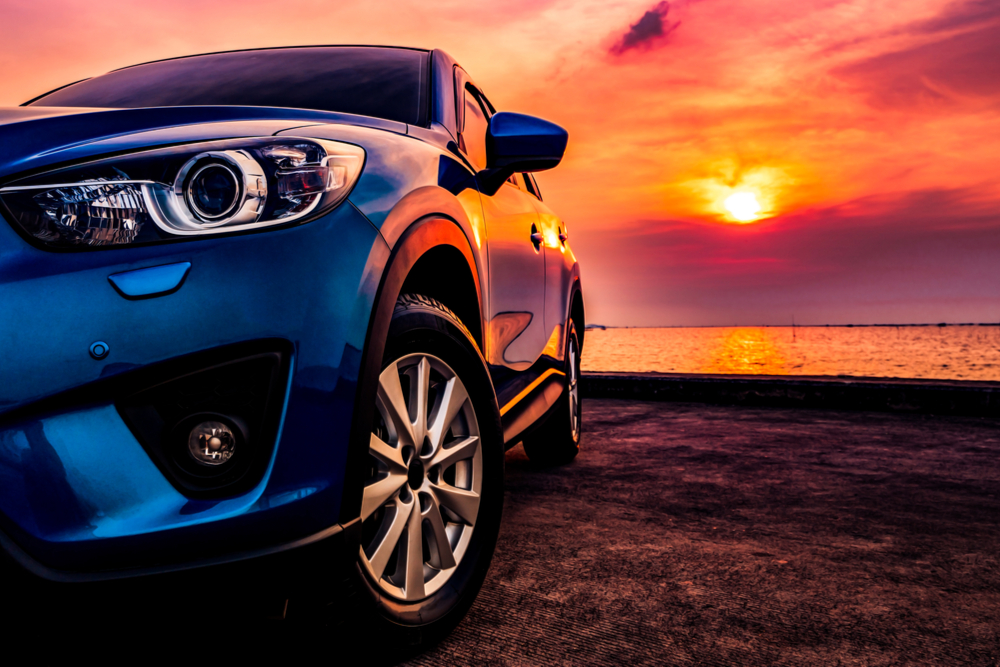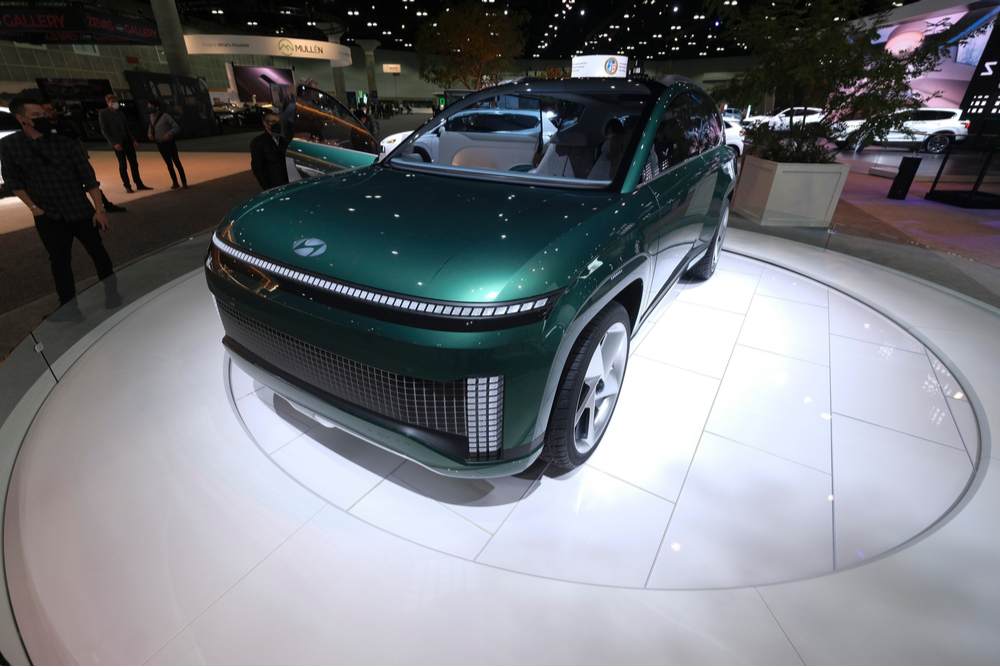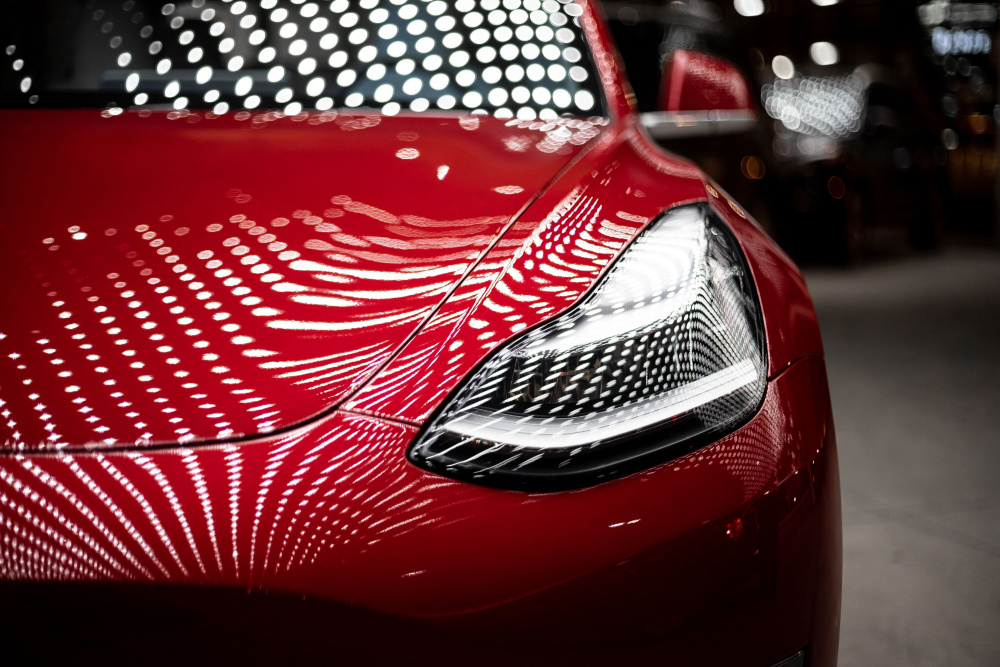July commences the second peak for new car sales, and follows growth of around 2% in the first half of 2022, reports Stephen Healy, Head of Motor, Bank of Ireland.
June lookback
“We may again see July accounting for a higher percentage of annualised sales, similar to the experience last year”
In the month of June, new passenger car (PC) sales declined 22.0% year-on-year (y-o-y) to 2,154 units, Light Commercial Vehicle (LCV) sales declined 36.0% y-o-y to 632 units and used imports declined 22.8% y-o-y to 4,346 units.
Passenger car registrations
In the first half of 2022, new passenger car registrations increased 2.1% year on year to 65,176 units. Toyota holds the #1 position with 17.3% market share, followed by Hyundai with 14.1% in #2, Volkswagen with 8.2% in #3, Kia with 7.6% in #4 and Skoda with 7.1% in #5.
Light commercial vehicle registrations
In the first half of 2022, new light commercial vehicle registrations declined 23.3% year on year to 13,062 units. Ford holds the #1 position with 27.6% market share, followed by Volkswagen with 13.7% in #2, Toyota with 11.4% in #3, Opel with 10.2% in #4 and Peugeot with 8.1% in #5.
Used imports YTD
Registrations of used imports declined 32.6% year on year to 24,112 units in the first half.
*Ulster Border counties – SIMI Stats June 2022 YTD
Market News
July is an important month for the sector and begins the second peak for new vehicle sales, this year with the “222” plate.
Historically accounting for c. 21% of annualised demand pre-pandemic, July 2021 accounted for c. 25% of the new car market (compare June @ 1%) due to pent up demand after exiting L5 Covid restrictions.
Every year seems to bring a new challenge for the sector to manage. In 2022, that new challenge presented itself in the form of supply shortages.
Microchip shortages and supply chain issues continue to impact new vehicle production globally, however, it is expected that supply will improve in the second half of this year.
Nonetheless, new car sales here increased by 2.1% in the first half – a huge achievement by the sector in Ireland given the constraints in place.
This is particularly noteworthy when you compare to our nearest neighbours in the UK where new car sales declined 8.7% in the first 5 months this year (EU overall -13.7%).
Supply constraints will impact market growth in the second half this year too, however, it is likely that sales in July will be strong as orders from H1 spill over into H2.
We may again see July accounting for a higher percentage of annualised sales, similar to the experience last year.
What is happening in the sector in Russia?
Sanctions imposed on Russia, as a result of the war in Ukraine, is having a profound impact on the motor sector there.
New vehicle sales plunged 84% in May, following a 78% slump in April. Car prices there increased by c. 50% this year, eroding demand, while sanctions have cut supply.
18 of 20 motor manufacturing plants have closed highlighting Russia’s dependence on Western brands. Just two plants remain open, one is local the other Chinese.
With so many automotive brands exiting the Russian market, Russia is considering reviving its own Moskvich brand last seen two decades ago. It is reported that Renaults plant in Moscow will be repurposed to produce the Moskvich.
You’ll be forgiven if you’ve never heard of it. Moskvich operated in Russia for c. 70 years and was imported and sold in the UK as a value proposition in the 1960’s and 70’s. Click on this Bloomberg link for a short history.

